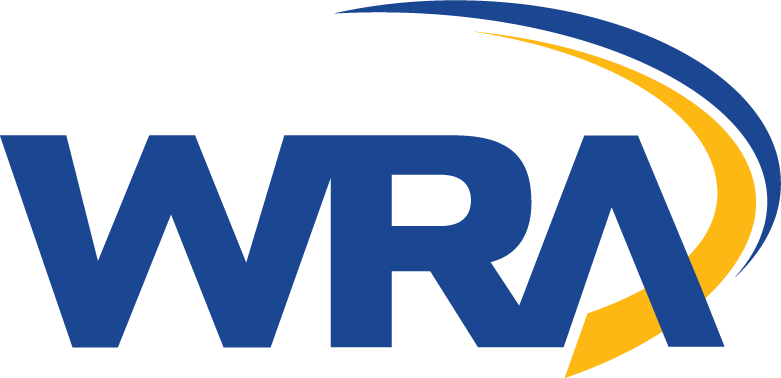I-695 Transportation System Management Operations (TSMO). Baltimore County, Maryland.
The main goal of the TSMO project is to reduce recurring and non-recurring congestion along approximately twenty miles of I-695, from I-70 to MD 43, which includes six of the top fifteen most congested roadway segments in Maryland. WRA was responsible for the preparation of the NEPA Categorical Exclusion and associated technical reports; wetland delineations; noise analyses; concepts to utilize the inside shoulder as a peak period general purpose lane; preparation of the procurement documents and evaluation of technical submittals; and assistance with public involvement.
Services Performed
Project Highlights
Alternative Project Delivery
WRA is currently serving as the Consultant Project Manager overseeing the design-build team’s submittals, schedule, and coordination within MDOT SHA, environmental agencies, and FHWA, as well as serving as the lead plan reviewer for all submittals.
Environmental
WRA field delineated all Waters of the US (including wetlands), performed stream assessments, forest stand evaluations, and specimen tree identification within a 1,300-acre study area. WRA prepared a Natural Resources Inventory report to document and map the 23 acres of wetlands and more than 150 streams identified.
NEPA Documentation
WRA was responsible for all environmental evaluations and documentation critical to obtaining approval from FHWA under NEPA and to identify opportunities for avoidance and minimization of impacts to adjacent environmental resources and private properties, as MDOT SHA required that all proposed improvements be contained within the existing available right-of-way. WRA also performed the Indirect and Cumulative Effects Technical Report, the Hazardous Materials Technical Report, and the Community Effects Analysis, and assisted with Section 106 coordination.
Noise
WRA performed noise impact analysis and evaluated abatement options within the 20-mile corridor limits, prepared engineering costs estimates, and constructability analysis for noise barriers.
Highways/Roadways
WRA’s conceptual design efforts included the identification of various constraints along the 20-mile corridor, including, sign structures, bridge widths, retaining walls, and existing noise barriers. This information was used in the development of estimated impact areas and study boundaries for the environmental analyses and evaluations. WRA was responsible for the preparation of the preliminary engineering, and cost estimates, including detailed right-of-way and utility estimates.
Traffic
WRA conducted traffic forecasting, operational analyses, and safety studies to inform the conceptual design. WRA collected mainline traffic data at nine locations along the corridor and developed detailed existing and forecasted future volumes at each of these locations, in addition to a detailed analysis of four complex interchange locations. Travel times and speeds were also evaluated. WRA also developed a concept ITS design for lane use control, CCTV, incident and vehicle detection, and DMS.
